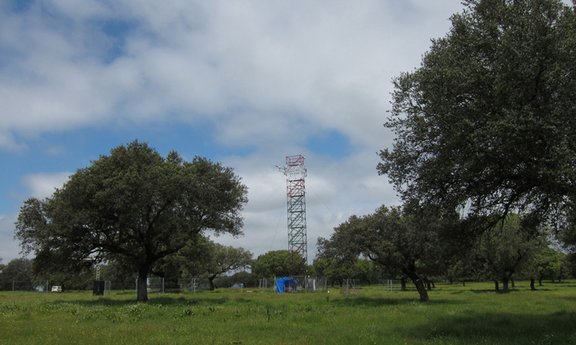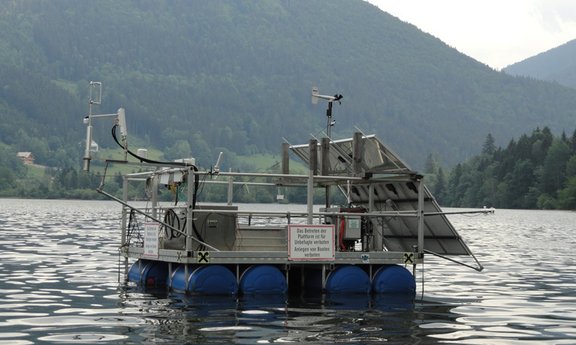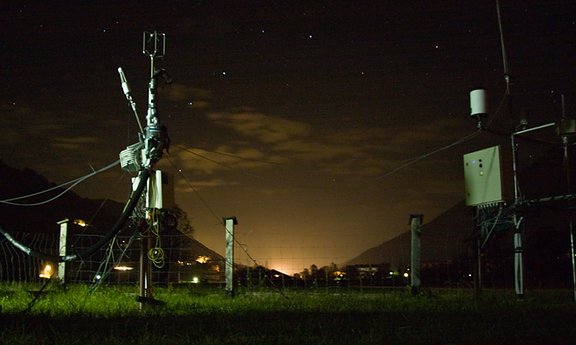Biometeorology



Mission
The general research topic of this group is the exchange of trace gases and energy between ecosystems and the atmosphere and how this is directly/indirectly modulated by human interventions. We are interested in these exchange processes from both sides - how the physical environment, biotic controls and humans influence the ability of ecosystems to act as sources/sinks of substances and energy, and how ecosystem functioning feeds back into the state and dynamics of the atmosphere. Our research approach involves the coordinated use of experimental measurements and theoretical models, and ranges in spatial scale from leaves to plant canopies to landscapes, and in temporal scale from seconds to hours, days and years.
Currently the group is focusing on the global carbonyl sulphide (COS) cycle and the use of COS as a tracer of gross primary productivity, as well as carbon monoxide, a climate-relevant trace gas whose strength as a source/sink in ecosystems has been overlooked in the past, and the importance of advection for ecosystem carbon budgets. We work in grasslands, forests and lakes, from the Mediterranean to the Alps and the boreal zone. Since 2001, the group has operated the FLUXNET site Neustift (AT-New), a managed grassland in temperate latitudes.
